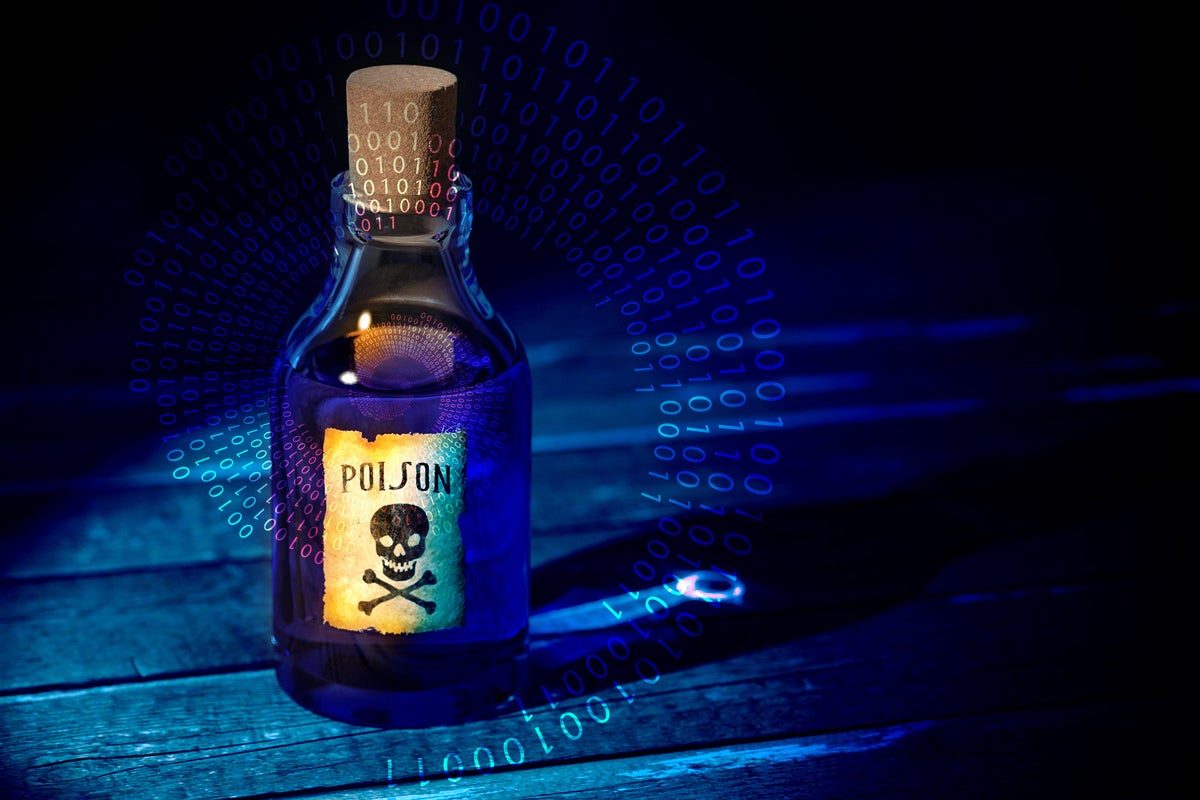Recently, the tech community has been alarmed by the emergence of AI data poisoning, leading to concerns and panic among industry professionals. This sophisticated tactic involves infecting the data that large language models (LLMs) are trained on, potentially creating a backdoor into enterprise systems. Some view it as a defense mechanism against LLMs attempting to bypass copyright and trademark protections.
Essentially, the concept of data poisoning revolves around the manipulation of data, serving either as a safeguard for intellectual property or as a malicious tool used by cybercriminals and terrorists.
While the actual risk posed by AI data poisoning is relatively low in practice, it has sparked fear and anxiety among IT experts.
A notable development in response to this issue is the increasing adoption of two freeware applications, Nightshade and Glaze, developed by the University of Chicago. These protective data poisoning tools work by altering the content of files used in LLM training. For example, Nightshade modifies the metadata around an image, presenting it differently to the LLM, while Glaze directly affects the visual quality of the image to deter unauthorized access.
Despite the ingenuity of these protective measures, their effectiveness may be short-lived as LLMs are likely to adapt and overcome these tactics in the near future.
George Chedzhemov, a security planner at BigID, expressed skepticism about the long-term viability of such defensive strategies, suggesting that more sophisticated approaches would be needed to outsmart adversaries.
On the offensive front, malicious actors may attempt to target specific businesses by corrupting datasets used in LLM training. However, these attacks are prone to detection and may not yield the desired results in the long run.
Another nefarious strategy involves a widespread contamination of websites in the hopes of stumbling upon valuable data. This “spray-and-pray” approach poses significant challenges and uncertainties for attackers, making it a less effective tactic.
While countermeasures against AI data poisoning are known within the tech industry, their longevity and efficacy remain questionable, as seen in past battles between security measures and malicious actors.
In conclusion, while AI data poisoning poses a threat that IT professionals must address, the advantage currently lies with defenders who possess the tools and knowledge to stay ahead in this evolving landscape.










